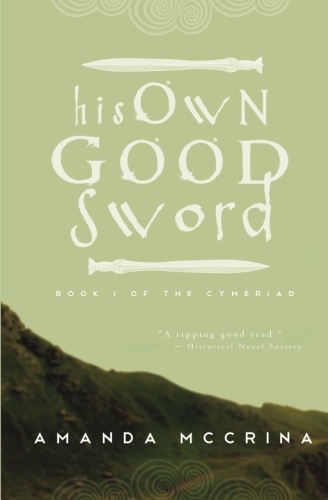As most of you bookish types probably already know, a couple of weeks ago the Daily Mail ran a piece opining that young-adult literature is morbid and exploitative and do young adults really need to read stuff like that—the article calls it “sick lit”—after all? (John Green’s novel The Fault in Our Stars, with a teenage cancer patient as its narrator,  was the primary target of the article’s wrath.) Cue resounding cries of yes from the literary world and one nicely snarky response from The Guardian.
was the primary target of the article’s wrath.) Cue resounding cries of yes from the literary world and one nicely snarky response from The Guardian.
So far, so good. I enjoyed the Guardian piece. Fast-forward to today on Twitter, when, out of the mass of #DBW13 tweets, this statistic crops up and is batted about a bit: 62% of people buying YA books aren’t actually, well, young adults.*
I didn’t see a source for it, but it’s a statistic I can believe, simply out of personal experience: most of the people I know who read YA literature (myself included) aren’t what the industry considers YA (that is, under eighteen). There are various reasons given for this, including but not limited to: YA fiction is better-written than contemporary adult fiction; YA fiction is more original than contemporary adult fiction; and YA fiction is more fast-paced and exciting than contemporary adult fiction.
All of that may or may not be true, but my point is this: many, if not most, of the people reading YA novels aren’t young adults. And, no matter what the Daily Mail might think, content (language, sex, violence, heavy thematic elements) isn’t the deciding factor in determining whether a book is YA or adult—at least not anymore. I’m not convinced that the age of the protagonist is the deciding factor, either; there have been stories with teenage protagonists for as long as there have been stories (and for far longer than there’s been a “YA” label). Conversely, the protagonist of Rosemary Sutcliff’s classic YA novel The Eagle of the Ninth is in his mid-twenties. Megan Whalen Turner’s characters tend to skew older, too.
So if the deciding factor isn’t the audience, or the content, or even the characters themselves—what is it? What does “YA” even mean?
Honestly, I don’t think there is a single deciding factor. And, for that reason, I think the whole YA label is meaningless, at least nowadays—now that the argument “it doesn’t have sex and violence, so it must be written for younger audiences” doesn’t hold much weight; now that the literary world has shown “YA” books to be just as well-written and thought-provoking as “adult” books. So why even assign the label at all? Why not call The Fault in Our Stars literature, period, and leave it up to the reader to decide how to approach it?
I welcome your thoughts. How do you define YA?
* A further break-down of the numbers showed that the majority of that majority were actually buying the books for themselves, not as, say, gifts for younger readers.

 I'm a student, amateur historian, coffee connoisseur, movie buff, hockey fan, cat lady, and all-around nerd. I'm currently pursuing a degree in history and political science at the University of West Georgia. In my spare time, I write historical fiction and fantasy. My debut YA historical fantasy novel His Own Good Sword was released on 7 May 2013.
I'm a student, amateur historian, coffee connoisseur, movie buff, hockey fan, cat lady, and all-around nerd. I'm currently pursuing a degree in history and political science at the University of West Georgia. In my spare time, I write historical fiction and fantasy. My debut YA historical fantasy novel His Own Good Sword was released on 7 May 2013.



Pingback: Calling it what it is » Amanda McCrina — Historical fiction and fantasy | Bibliotropic.com